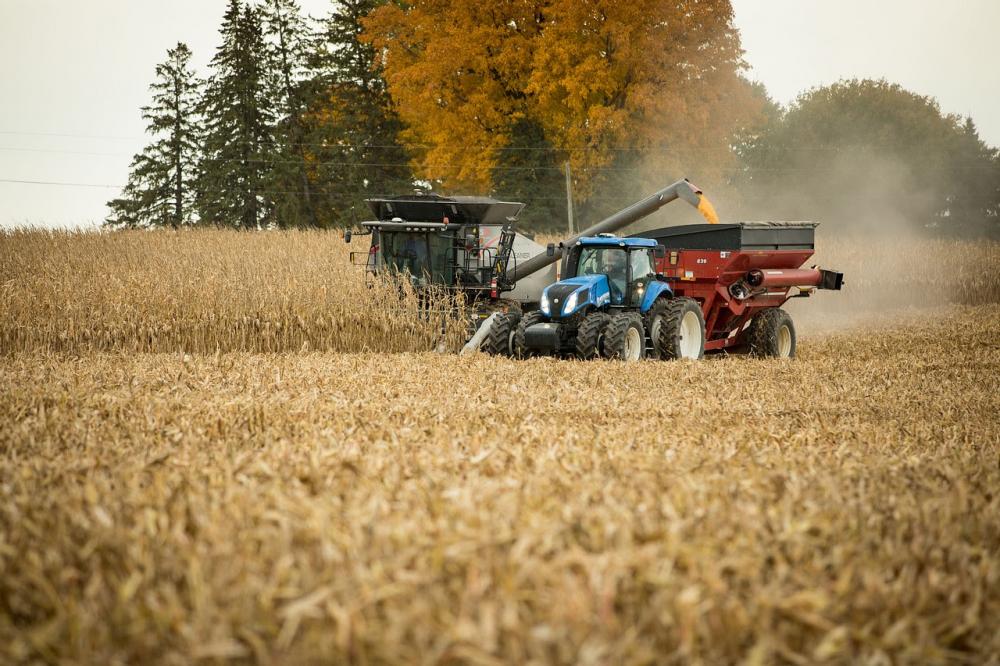Rural Iowa economy grows in October

A combine empties corn into a grain wagon during this fall’s harvest. Photo contributed by Iowa Corn
Iowa’s rural economy grew in October, despite losses in nonfarm employment, according to a survey of Main Street bankers released Thursday.
The Rural Main Street Index from Creighton University shows Iowa’s index rose to 52.3 in October, up from 46.5 in September. The index covers a 10-state region, focusing on about 200 rural communities with average populations of 1,300. It ranges between 0 and 100, with 50 representing neutral growth.
According to the survey, Iowa’s economy was strengthened by increases in its farmland price index, which rose to 50.6 in October, an increase of more than 8 points from the previous month, and the new hiring index, which crept up slightly to 54.9 from 54.7 in September.
But compared with September, Iowa lost 6.4% of its nonfarm economy, representing 43,000 jobs.
“Current commodity prices and subsidies are making the ag economy look better, but the drought has significantly reduced corn yields in some of our trade territory,” Jim Brown, the CEO of Hardin County Savings Bank in Eldora, said in the report.
Overall, the index grew for the sixth straight month to its highest level since January. It rose to 53.2 in October, up from 46.9 in September.
Ernie Goss, the Jack MacAllister Chair in Regional Economics at Creighton, said that despite some improvements, more than one-third of rural bankers were experiencing recessionary conditions.
For the 10-state region surveyed, the new-hiring index remained unchanged at 54.8, with data from the U.S. Bureau of Labor Statistics showing nonfarm employment levels are down 3.9% compared with pre-COVID-19 levels, the report shows.
“It will take many months of above growth-neutral readings to get back to pre-COVID-19 employment levels for the region,” Goss said.
The regional retail sales index remained below growth levels, which Goss attributed to higher unemployment and business closures linked to the coronavirus pandemic.
When asked to identify industries most hurt by the pandemic, more than 80% of those surveyed said restaurants and bars were seeing the greatest negative affect. Farmers, health care, retailers and hourly workers were also cited at much lower levels, the report showed.
The regional farmland price index increased into growth territory for only the third time in the past 82 months, reaching 50.6, up from 45 in September.
Farm equipment sales increased, but remained well below growth levels, with the bank CEOs estimating sales will fall 3.1% over the next year.









